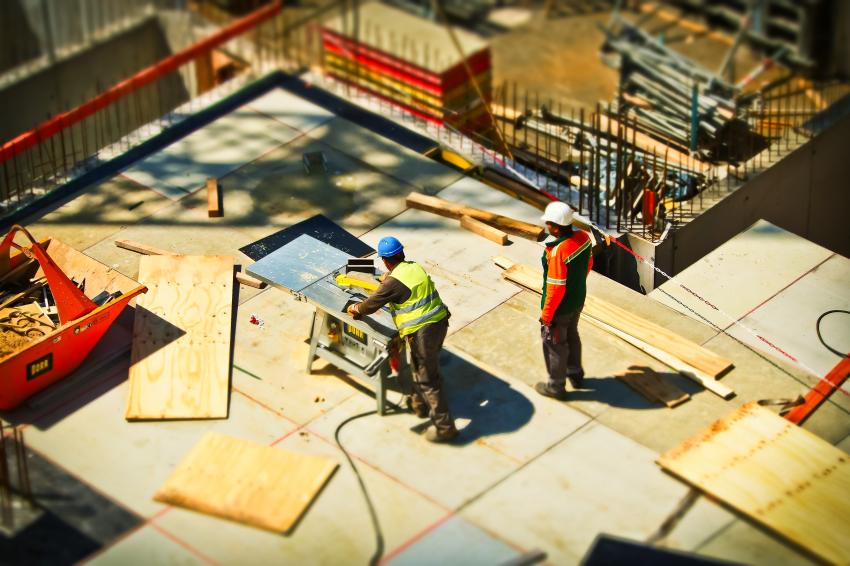Nouryon Hikes US Microspheres Output
11.03.2019 -
Nouryon has chosen a site in the US to build a new plant for producing expandable microspheres. Advanced engineering is underway on the project, which is scheduled to complete in late 2020, subject to final board approval. The company has not revealed the facility’s exact location or capacity details.
Expancel microspheres are used as a lightweight filler and a blowing agent to make end products lighter, obtain different surface effects and reduce costs by requiring less raw material.
“This investment is an important step to meet the fast-growing demand for this product,” said Sylvia Winkel Pettersson, Nouryon’s director for Expancel. She added that the microspheres offer benefits such as lower density and better insulation with some of its key applications in the automotive and construction industries.
The US project follows a recently completed expansion at Sundsvall, Sweden, which is expected to be fully online in the second quarter.
In separate news, Nouryon and Dutch gas infrastructure company Gasunie have agreed to supply green hydrogen to BioMCN for producing renewable methanol from CO2.
The companies are currently investigating the possibility of converting sustainable electricity into green hydrogen using a 20-megawatt water electrolysis unit in Delfzijl, the Netherlands. They expect to make a final decision on the project later this year.
BioMCN will combine hydrogen from the unit with CO2 from other processes to produce renewable methanol, reducing emissions by up to 27,000 t/y of CO2 compared to methanol produced from fossil-based feedstock.
“This partnership is an important step towards a circular economy,” commented Søren Jacobsen, managing director at BioMCN. “Thanks to the supply of green hydrogen, we can replace natural gas as a feedstock and recycle carbon emissions to produce new raw materials and fuels, effectively turning CO2 emissions into carbon savings and helping the Netherlands meet its carbon reduction goals.”
The Netherlands is aiming to cut its CO2 emissions by 49% by 2030, compared to levels in 1990.





